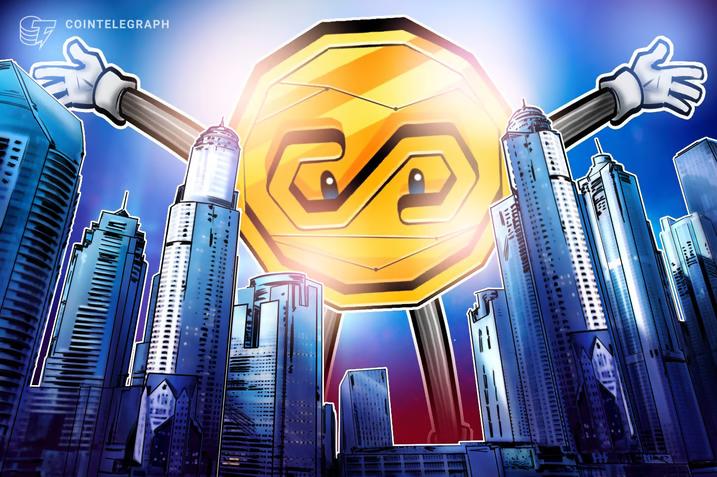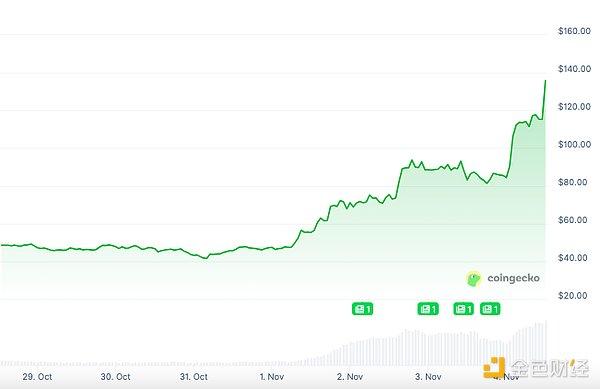Fintech companies bypass traditional banking to provide access, yield, and spending power for stablecoins in emerging markets. Programmable currencies outperform traditional infrastructure.

Commentary by: Morgan Krupetsky, VP of Onchain Finance at AVA Labs
In the immediate aftermath of the GENIUS Act, the next era of stablecoin adoption is being driven by a growing group of fintech companies and digital banks — integrating stablecoins into their products and services, going where traditional systems are not economically or operationally viable, and thus, enhancing their competitive advantage.
These challenger systems provide people and businesses with a direct way to easily access and store stable value in mobile wallets; to address financial stability concerns related to hyperinflation and currency volatility; to conduct remittances and other cross-border transactions; to access credit and savings; and finally, to spend in real time.
This programmable ability to access, earn, and spend money has created a stablecoin order of operations — a playbook aimed at truly democratizing financial access and enabling broad economic inclusion.
Stablecoins allow access
First of all, stablecoins offer clear and fundamental benefits from a financial access perspective. With over a billion adults still without access to the financial system, they provide an easy and quick way to access US dollars.
Particularly in the Southern Hemisphere and emerging markets, they Vai as a stable alternative to volatile local currencies and a reliable store of value.
For businesses and individuals struggling with currency volatility, stablecoins have been a game changer. In Argentina, where inflation exceeds 100% annually, small businesses and freelancers are increasingly turning to USDC and USDT to invoice international clients, pay salaries, and protect their income.
In Latin America alone, stablecoins account for nearly 30% of remittances in certain regions. At the same time, other countries, such as Turkey, use USDT as a hedge against inflation and currency devaluation.
Fintech companies are stepping in to provide dollar access and, in some cases, banking services to Capital individuals and businesses – doing so in places where traditional systems are deemed economically, operationally, or technologically infeasible.
Earning potential
With a stablecoin market Capital of over $265 billion, the idea of “earning” for stablecoins marks the next stage of their evolution. To that end, many fintech companies and neobanks are also integrating blockchain-based products and services that allow their customers to earn interest or receive rewards on their stablecoin holdings.
Related: BX Affiliate Season 3 – BingX Partner Exclusive Event with $44,000 Prize Pool
In some cases, crypto exchanges integrate DeFi lending/borrowing platforms directly into their exchanges or non-custodial wallet services to allow users to lend stablecoins and earn yield. In other cases, companies can tap into the growing crypto money market fund ecosystem.
This capability provides a viable solution for those struggling with high inflation or limited access to traditional savings vehicles. In emerging and developing economies, where only a quarter of adults use savings accounts, people who are traditionally underserved by traditional banking infrastructure now have easier access to their money.
In Nigeria, Fonbank allows users to convert their earnings into dollar-denominated stablecoins and access online savings products with yields much higher than local bank rates. These tools allow users to preserve value, earn passive income, and avoid local currency devaluation, all through their mobile phones.
With the rise of mobile networks and the global internet, fintech companies have the opportunity to not only keep up but also surpass some of the incumbents.
When it's time to spend
The ultimate goal of stablecoins is to become a mainstream medium of exchange, allowing users to transact without having to turn to the fiat economy. During this “spending” phase, They move from digital assets to a more popular payment instrument.
Platforms are already making this possible with stablecoin-backed cards, allowing users to make instant, low-cost cross-border payments and tap-to-pay everyday purchases anywhere Visa is accepted. For emerging and developing markets, this is an essential solution to avoid expensive remittance fees, slow bank transfers and limited access to banking, significantly improving financial inclusion.
Some companies are even rolling out cryptocurrency or stablecoin reward programs, creating a way for everyday spending to further drive digital adoption and engagement.
From “crypto casino” to real utility
Ultimately, while the global debate and discussion about the classification and application of stablecoins Dai , a new, efficient, and inclusive financial system is being built. Fintechs and neobanks are demonstrating that stablecoins—through their growing storage, monetization, and payment capabilities—are a key component in providing new assets and capabilities and expanding global operations.
Stablecoin adoption is happening rapidly, showing the undeniable value of programmable money beyond crypto casinos.
Stablecoin volume in 2024 surpassed Visa and Mastercard combined. Once XEM primarily as a means of speculation or volume , stablecoins are rapidly becoming something much more fundamental: programmable currencies that can Vai as the backbone of responsible global digital finance.
Source: Cointelegraph







